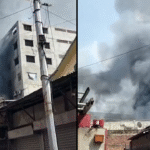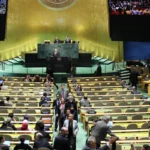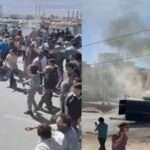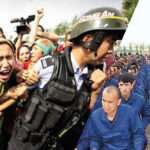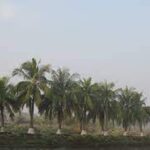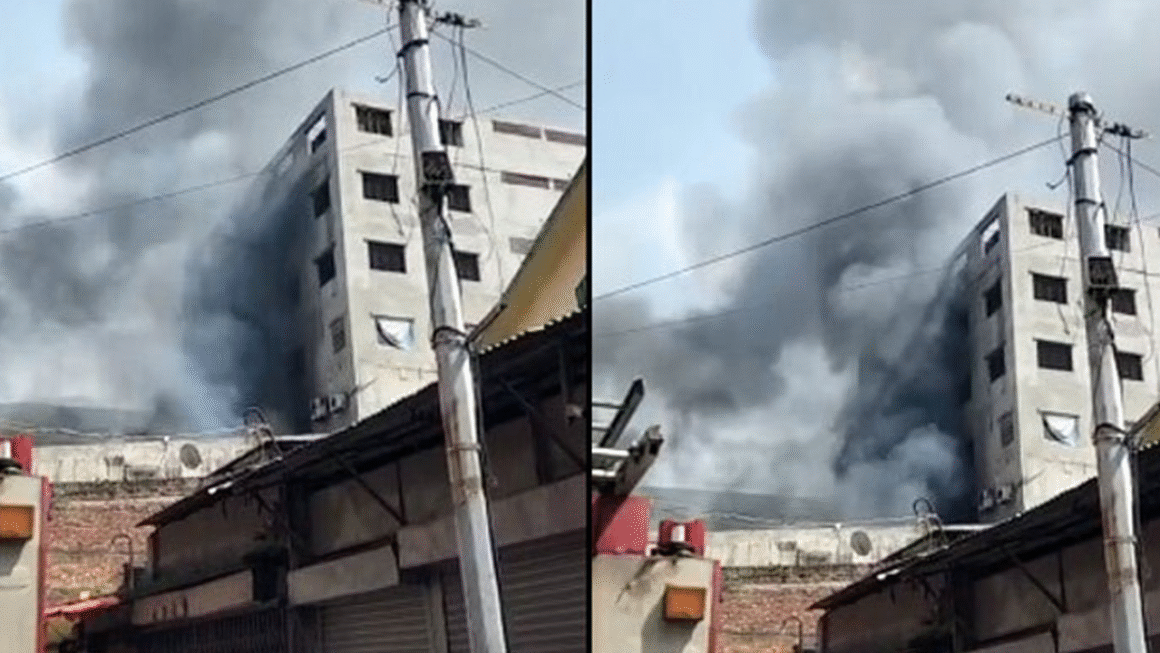Bhola District is the largest island district in Bangladesh, located in the southern part of the country under Barisal Division. Surrounded by the Meghna and Tetulia rivers and the Bay of Bengal, this deltaic land is known for its unique geographic features, vibrant culture, and historical significance. It is often referred to as the “Queen Island” of Bangladesh due to its rich natural beauty and economic potential.
Geography of Bhola District-
Bhola District is located at approximately 22.685°N latitude and 90.710°E longitude. It is bordered by Lakshmipur and Barisal districts to the north, Patuakhali to the south and east, and the Bay of Bengal to the west and south.
Bhola is a part of the vast Ganges Delta. The district covers an area of around 3,403.48 square kilometers, consisting mainly of alluvial land formed by the sedimentation of the Meghna River.
Major Rivers:
- Meghna River
- Tetulia River
- Ilisha River
- Tentulia River
These rivers are not only lifelines for agriculture and transportation but also major contributors to the district’s susceptibility to natural disasters like erosion and cyclones.
History of Bhola District-
The origin of Bhola traces back to the Mughal and British periods. Originally a sub-division of Bakerganj District, Bhola was separated and made into a full district in 1984. Historically, it has been part of various administrative regions and saw waves of migration and settlement due to its fertile lands and access to waterways.
The name “Bhola” is believed to be derived from a devout person named Bhola Gazi, whose shrine still exists in the district. Legends surrounding Bhola Gazi are deeply woven into the region’s local folklore.
Administration-
Bhola District is divided into 7 Upazilas:
- Bhola Sadar
- Daulatkhan
- Burhanuddin
- Tazumuddin
- Lalmohan
- Char Fasson
- Manpura
Each Upazila is further subdivided into Union Parishads and villages. The district has 2 municipalities and numerous rural communities.
Demographics-
According to the latest census data, Bhola District has a population of approximately 1.8 million. The population is predominantly Muslim, with Hindus making up a significant minority.
- Literacy Rate: Around 52%
- Main Occupations: Agriculture, fishing, trade, and small businesses
The rural nature of the district means a large portion of the population is engaged in farming or fishing activities.
Economy of Bhola-
Bhola’s economy is largely agrarian. The major economic sectors include:
- Agriculture: Rice, jute, lentils, and vegetables
- Fishing & Fisheries: Due to its riverine and coastal location, fish and seafood are key economic drivers
- Livestock & Poultry: A growing sector in the local economy
- Natural Gas: Bhola is home to Shahbazpur Gas Field, an important reserve of natural gas in southern Bangladesh
Trade and commerce are flourishing in Bhola due to river transportation and increased connectivity with the rest of the country.
Education in Bhola-
Bhola District has witnessed notable progress in the education sector. Prominent institutions include:
- Bhola Government College
- Bhola Polytechnic Institute
- Char Fasson Government College
- Manpura Degree College
There are also many madrassas and technical schools that contribute to vocational and religious education in the district.
Health Facilities-
Bhola has one major public hospital—Bhola District Hospital, along with several Upazila health complexes and private clinics. However, many rural areas still face a shortage of advanced medical facilities and professionals.
Culture and Tradition-
Bhola’s culture is a blend of traditional Bengali customs and local island influences. Key cultural elements include:
- Folk Songs: Especially Bhatiyali and Baul songs
- Festivals: Eid, Durga Puja, and local fairs like “Charer Mela”
- Traditional Dress: Saree for women, lungi and panjabi for men
- Local Crafts: Handloom weaving and traditional fishing tools
The people of Bhola are known for their warmth and hospitality, reflecting a deeply rooted community-centric lifestyle.
Notable Places to Visit in Bhola-
Bhola is slowly gaining popularity as a tourist destination. Key attractions include:
- Char Kukri-Mukri: A beautiful mangrove forest island located in Char Fasson Upazila, rich in biodiversity and perfect for eco-tourism
- Monpura Island: Famous for its natural beauty, calm beaches, and windmills. The island gained further attention through the popular Bangladeshi movie Monpura
- Shahid Abdur Rob Serniabat Bridge: A modern bridge connecting Bhola to Barisal, improving regional transportation
- Bhola Town Riverfront: A peaceful walkway and recreation area along the banks of the Meghna River
- Bhola Zilla Parishad Park: A well-maintained park for families and children
These locations make Bhola District a potential hotspot for domestic tourism, especially for travelers who seek peace and nature.
Transportation-
Bhola is not directly connected by rail or air. However, it maintains strong communication through:
- Waterways: Launch and boat services from Dhaka and Barisal
- Roadways: Improved roads and bus services within the district
- Ferries & Speedboats: For inter-island and cross-river travel
The Daulatkhan-Bhola Sadar road and the Bhola-Barisal ferry route are the primary transport lines.
Environmental Challenges-
As a riverine island, Bhola faces several environmental issues:
- River Erosion: A constant threat that displaces thousands annually
- Cyclones and Flooding: The district is highly prone to natural disasters
- Salinity Intrusion: Affects agricultural productivity in coastal areas
- Deforestation and Habitat Loss: Particularly in mangrove areas like Char Kukri-Mukri
Efforts are ongoing by the government and NGOs to tackle these challenges through embankments, shelters, and afforestation programs.
Future Prospects-
Bhola District has great potential in various sectors:
- Tourism: Eco-friendly tourism development in Char areas
- Energy: Expansion of gas exploration and renewable energy
- Agribusiness: With proper irrigation and modernization, agriculture can be a game-changer
- Education & Digital Services: E-learning and mobile connectivity are improving rapidly
With proper planning and infrastructure development, Bhola can become a model for sustainable growth in deltaic regions.
Conclusion-
Bhola District represents the resilience and beauty of Bangladesh’s southern coastal region. With its unique island geography, abundant natural resources, warm community, and rich culture, it has all the elements of a thriving district. While it faces environmental challenges, its untapped tourism potential, agricultural strength, and energy resources make Bhola a district to watch in the coming decades. Visitors looking to explore something off the beaten path in Bangladesh will find Bhola a hidden gem worth discovering.
FAQs about Bhola District-
Q1: What is Bhola District famous for?
Bhola District is famous for being the largest island district in Bangladesh, its natural beauty, rivers, agriculture, and the Shahbazpur Gas Field.
Q2: How can I visit Bhola from Dhaka?
You can take a launch or steamer from Dhaka (Sadarghat) to Bhola. The journey typically takes 8 to 10 hours via river.
Q3: What are the best tourist places in Bhola?
Char Kukri-Mukri, Monpura Island, Bhola Riverfront, and Zilla Parishad Park are among the best places to visit.
Q4: Is there any natural gas reserve in Bhola?
Yes, the Shahbazpur Gas Field is one of the largest onshore gas fields in Bangladesh, located in Bhola.
Q5: What is the population of Bhola District?
As of the latest statistics, the population of Bhola District is approximately 1.8 million people.
Q6: What is the main livelihood of people in Bhola?
The majority of the population relies on agriculture, fishing, and small-scale trading for their livelihood.
Q7: What are the environmental threats to Bhola District?
Bhola is vulnerable to river erosion, flooding, cyclones, and salinity, which significantly affect its people and economy.

